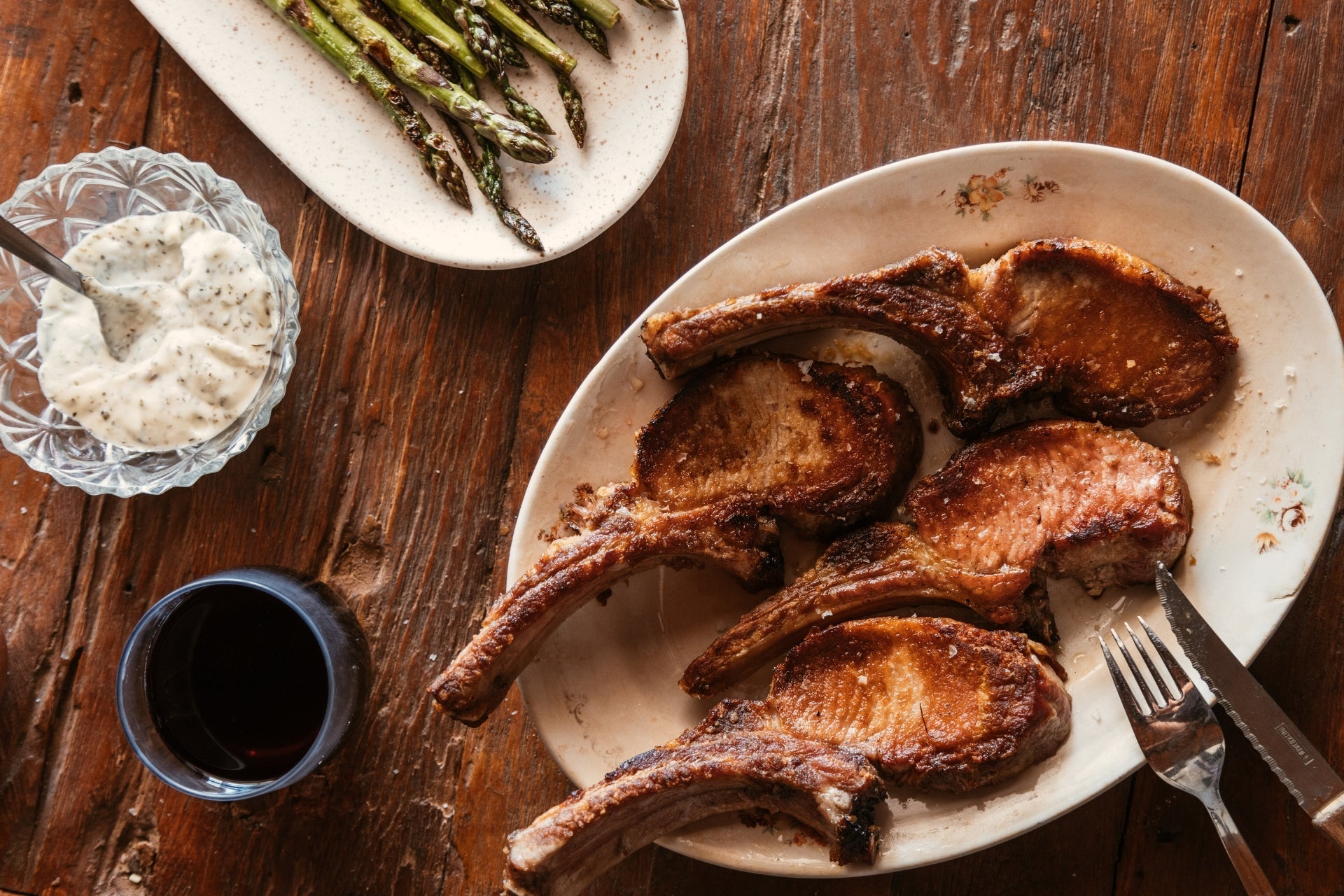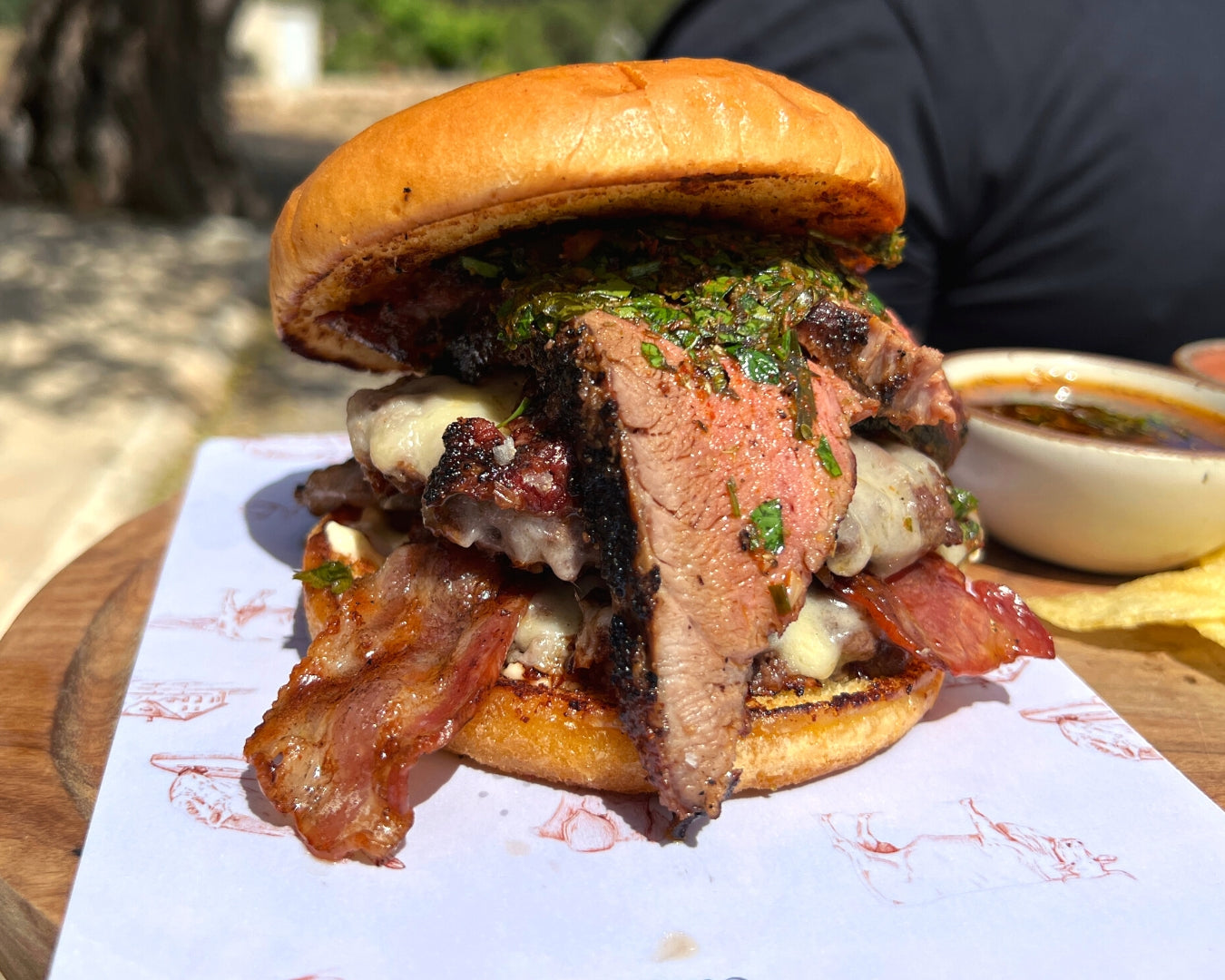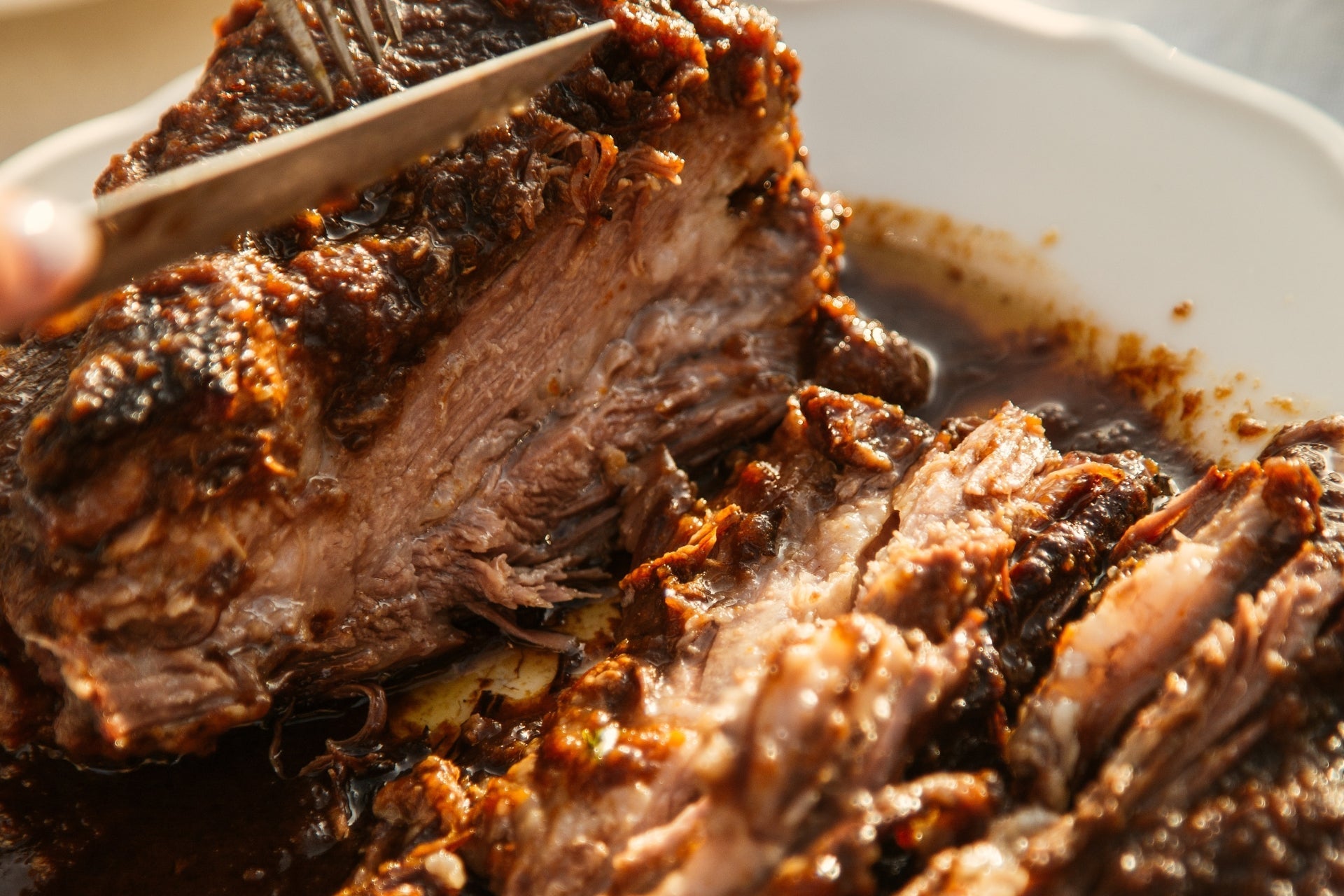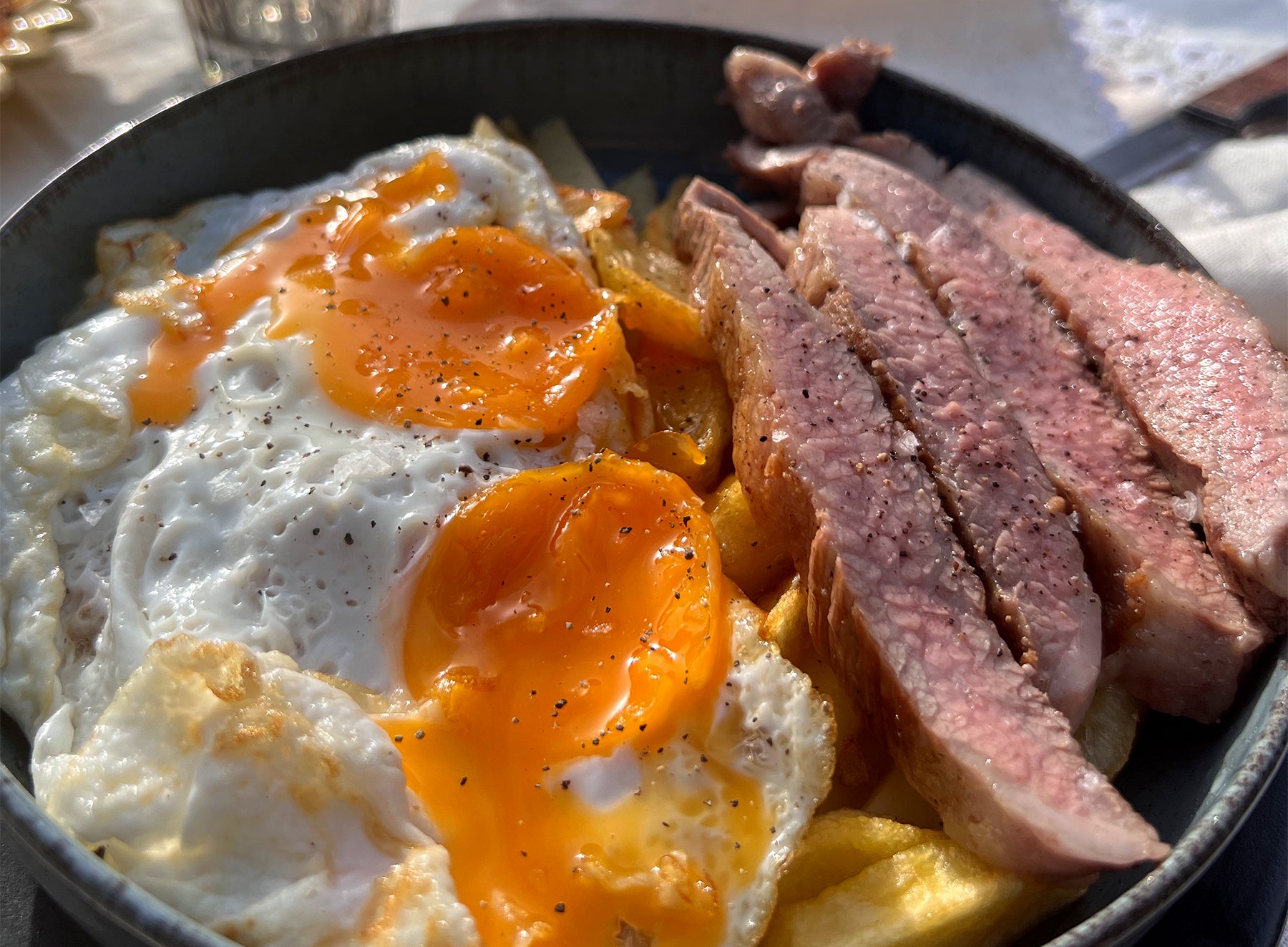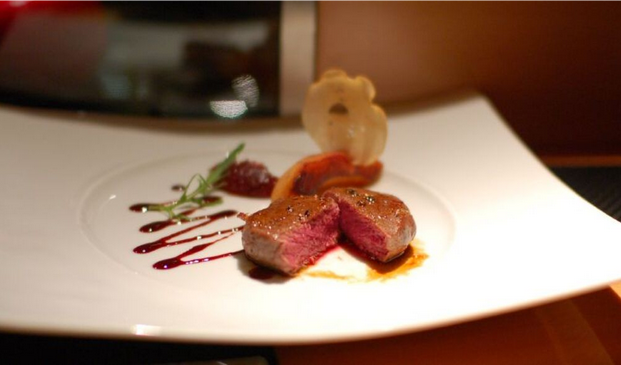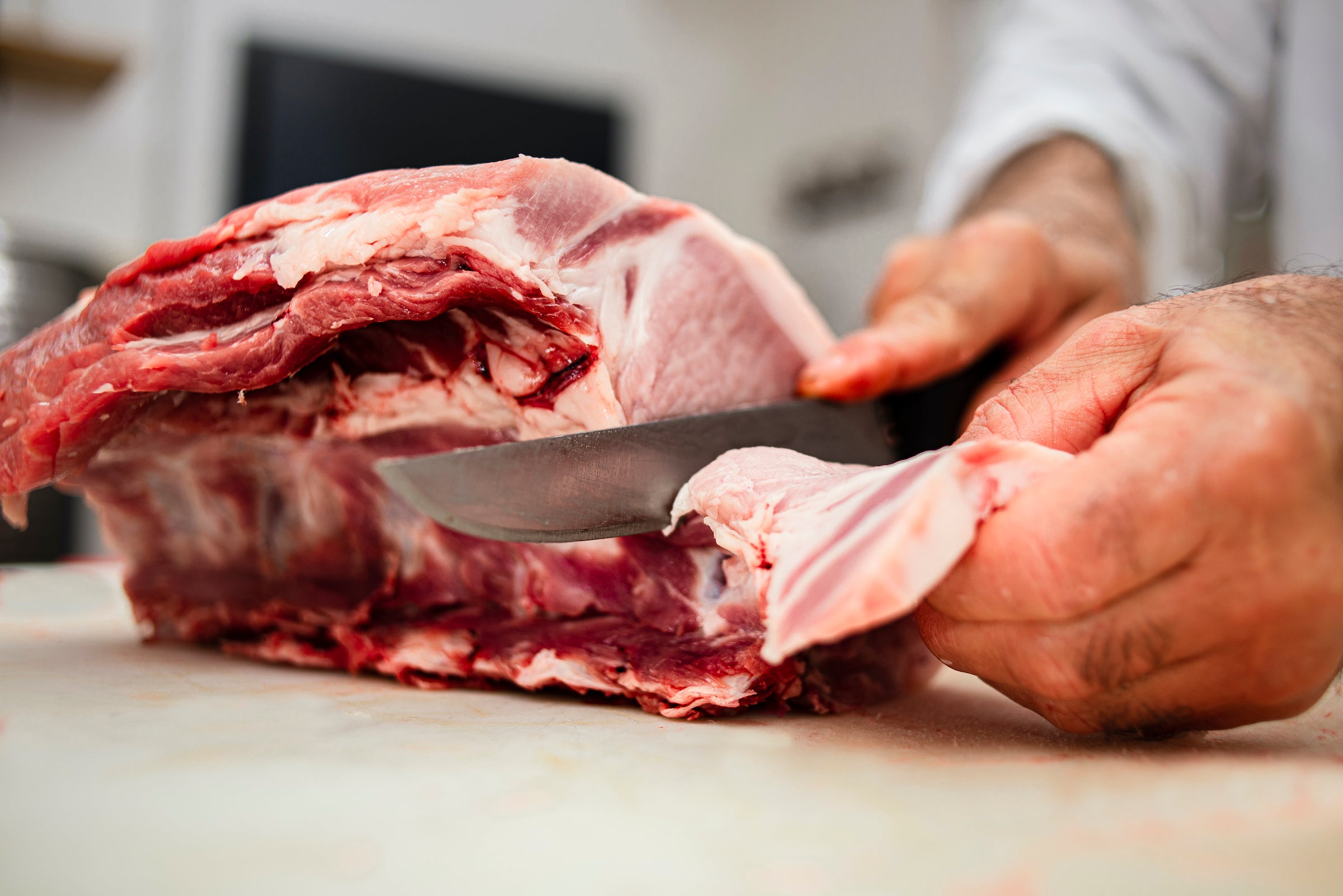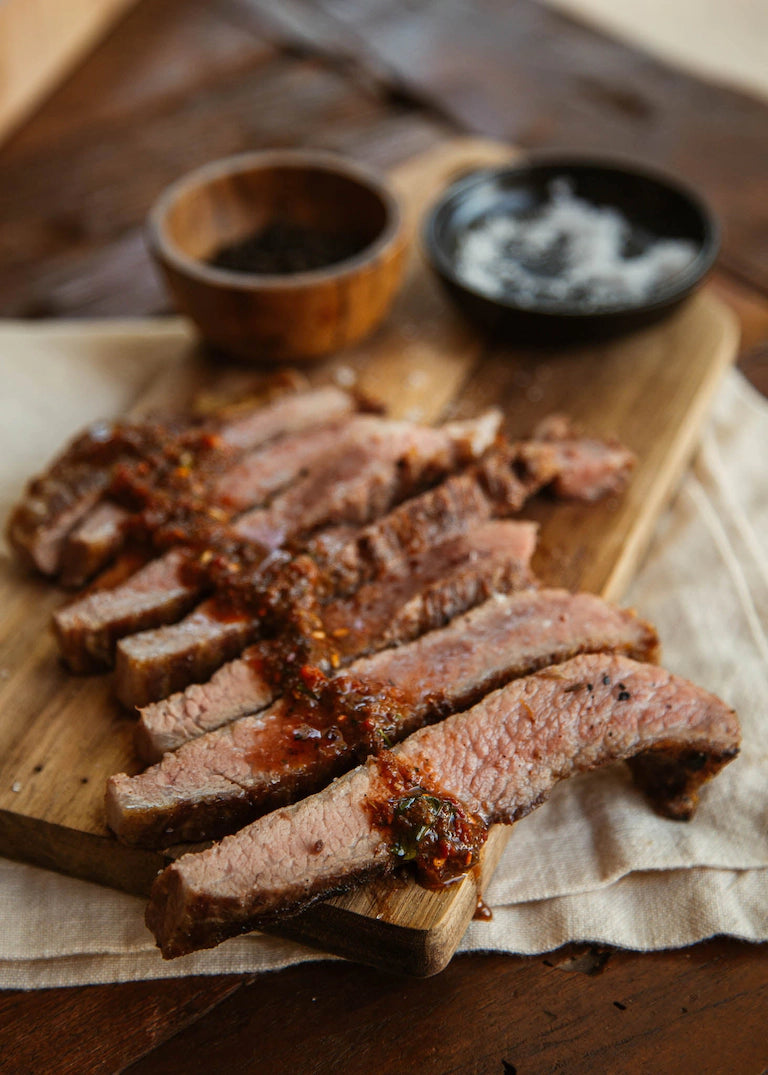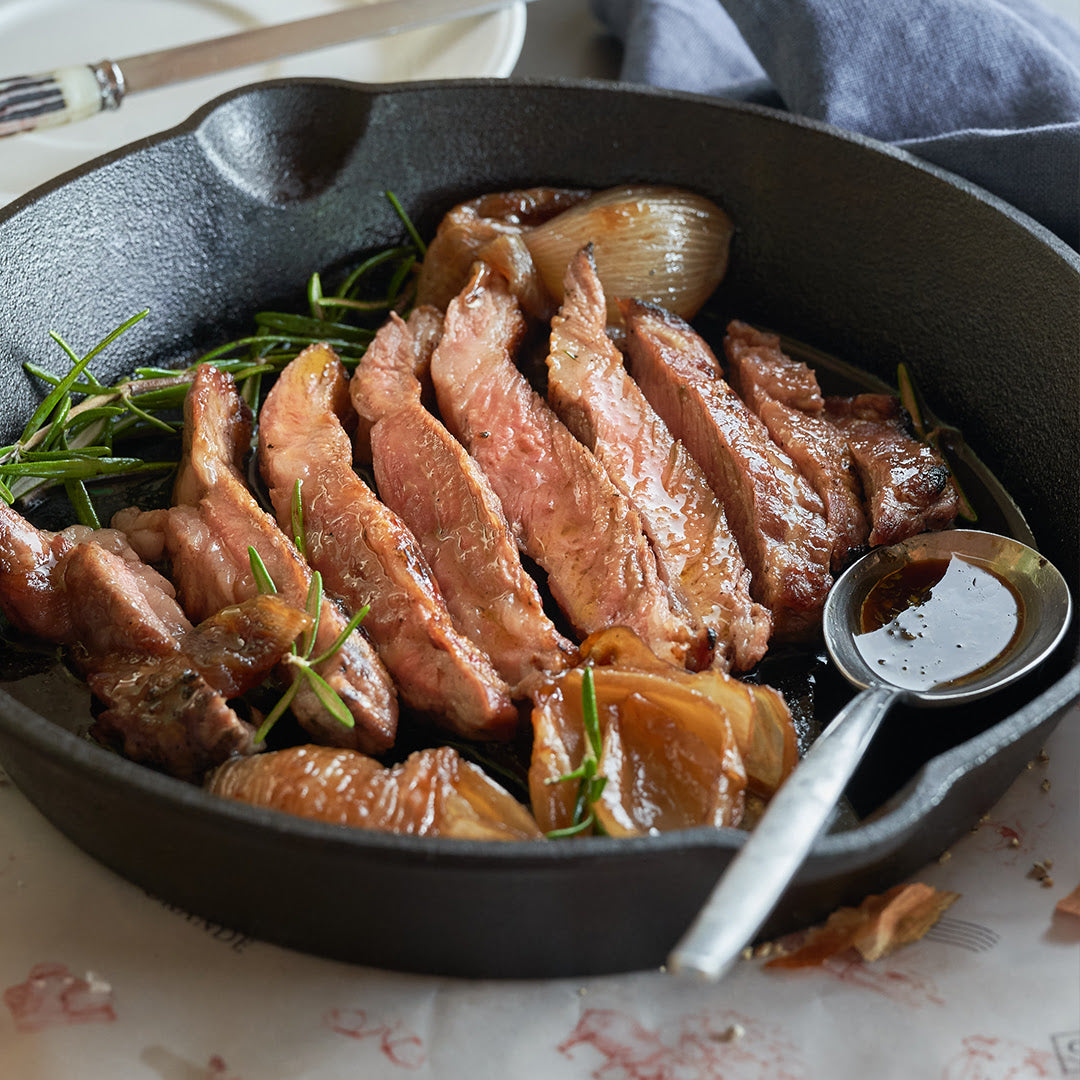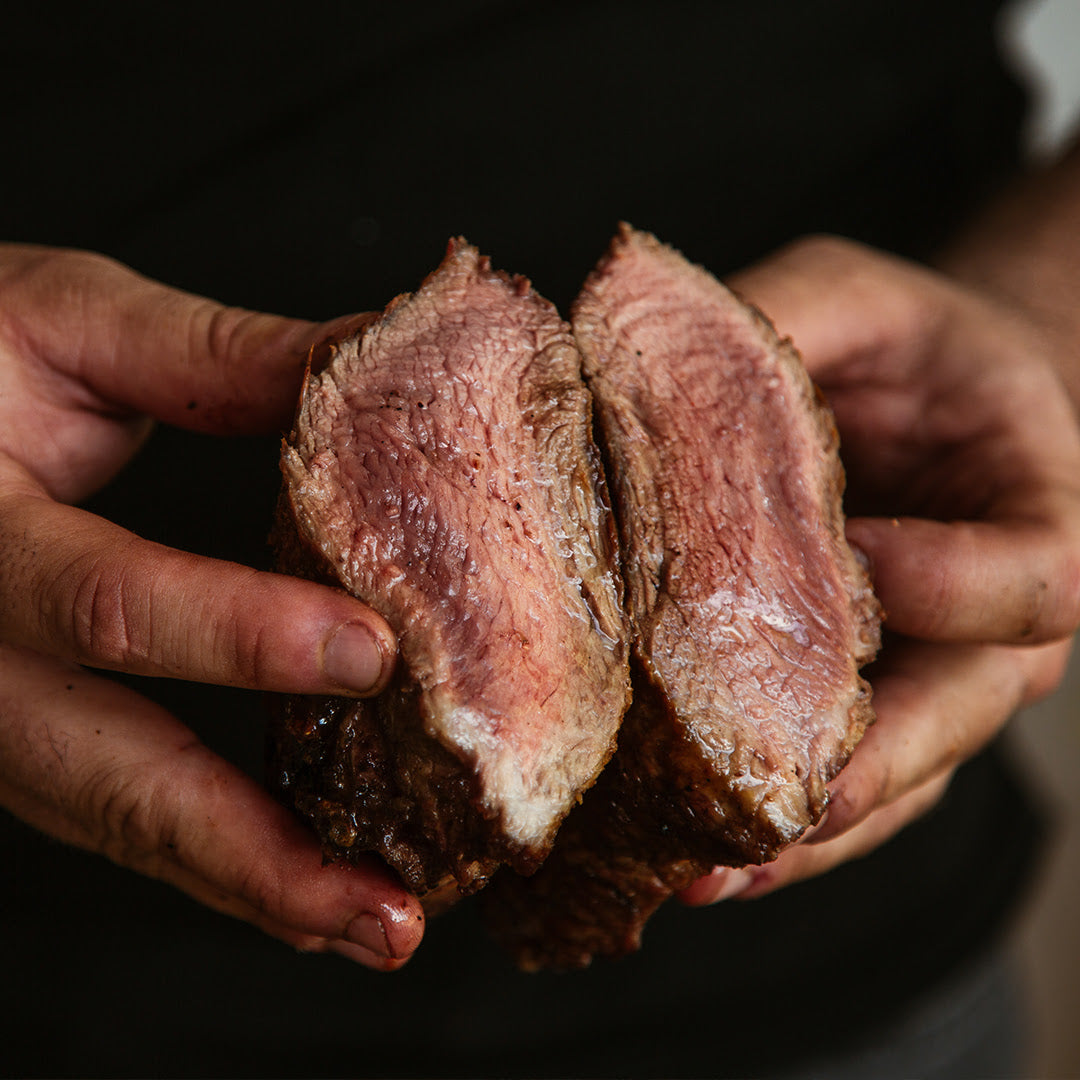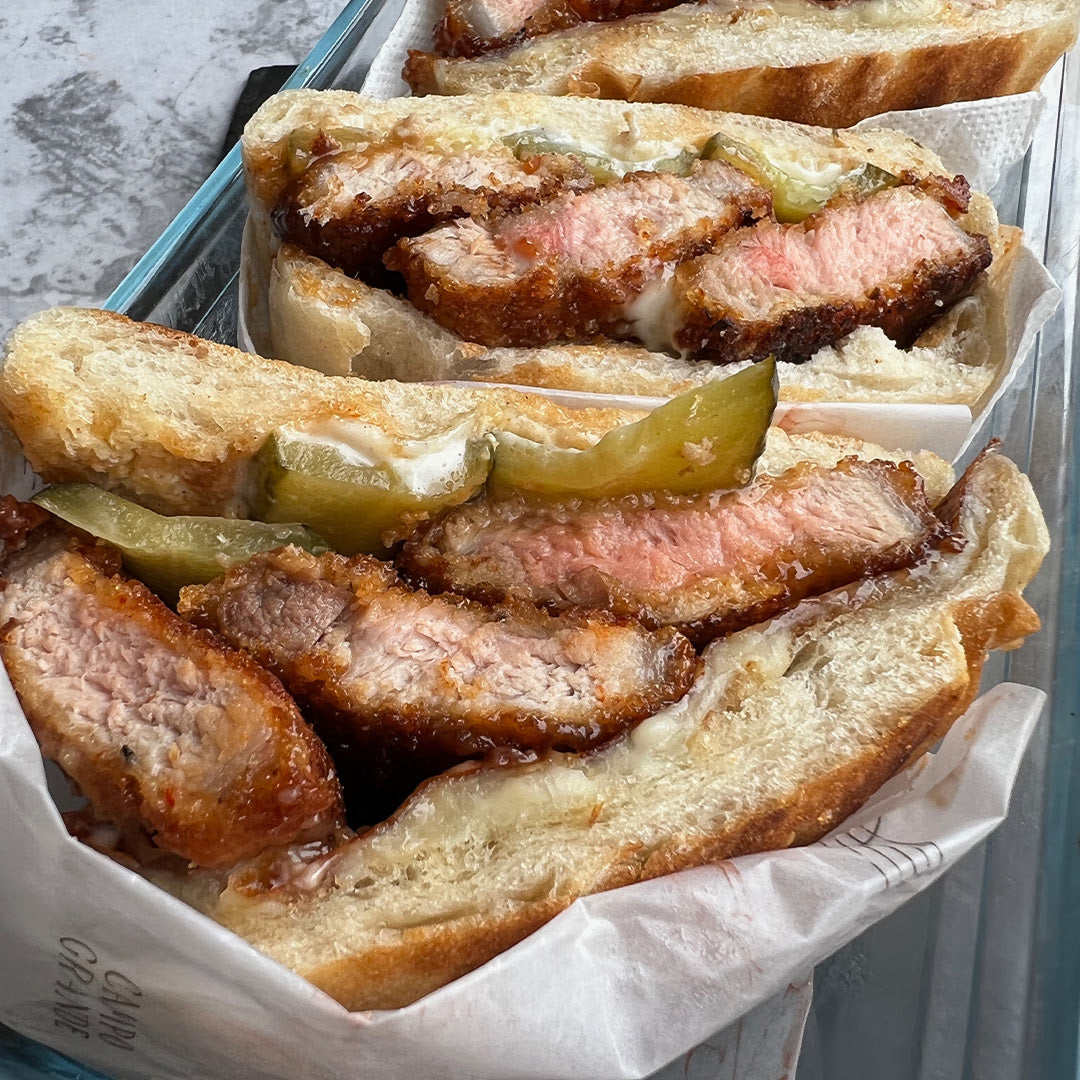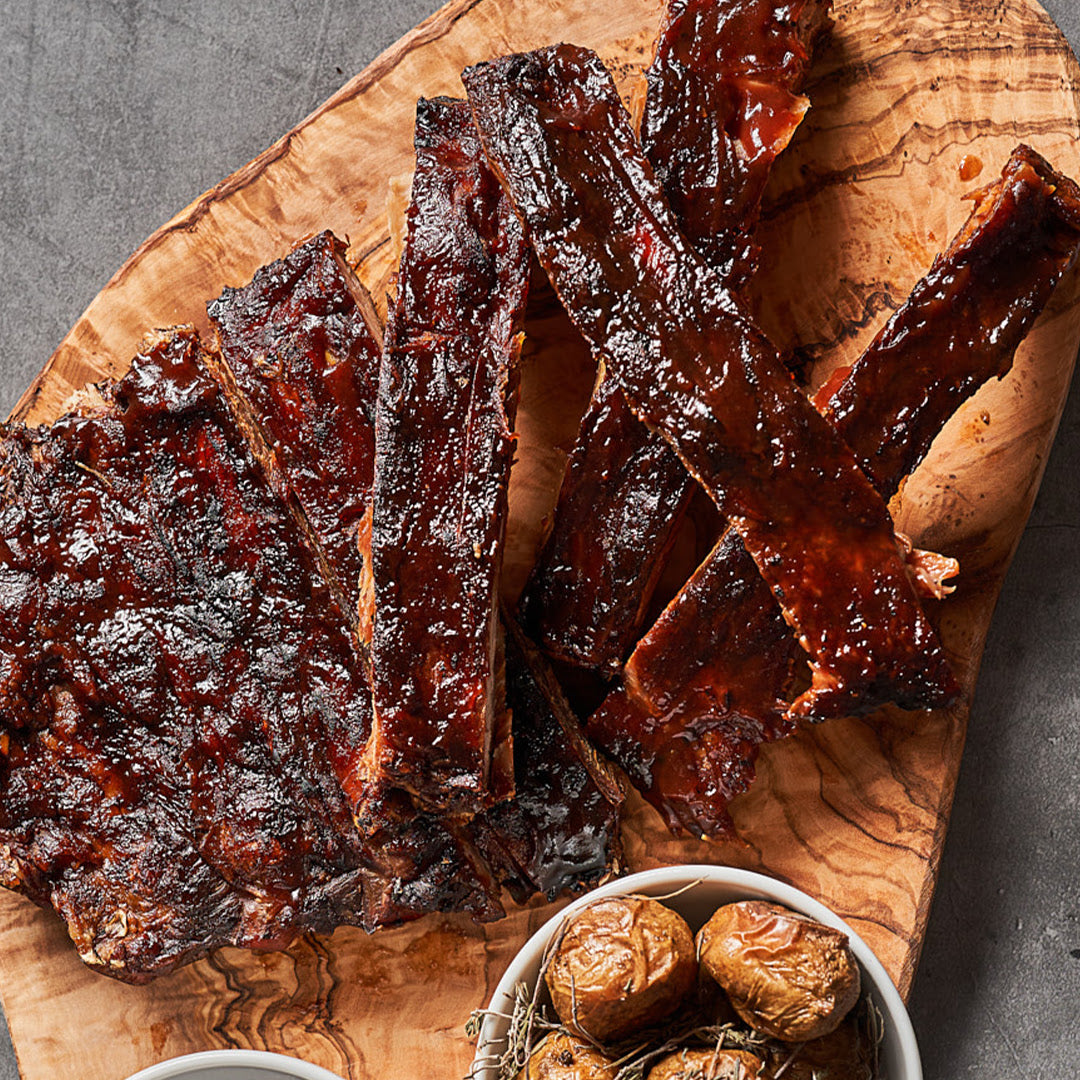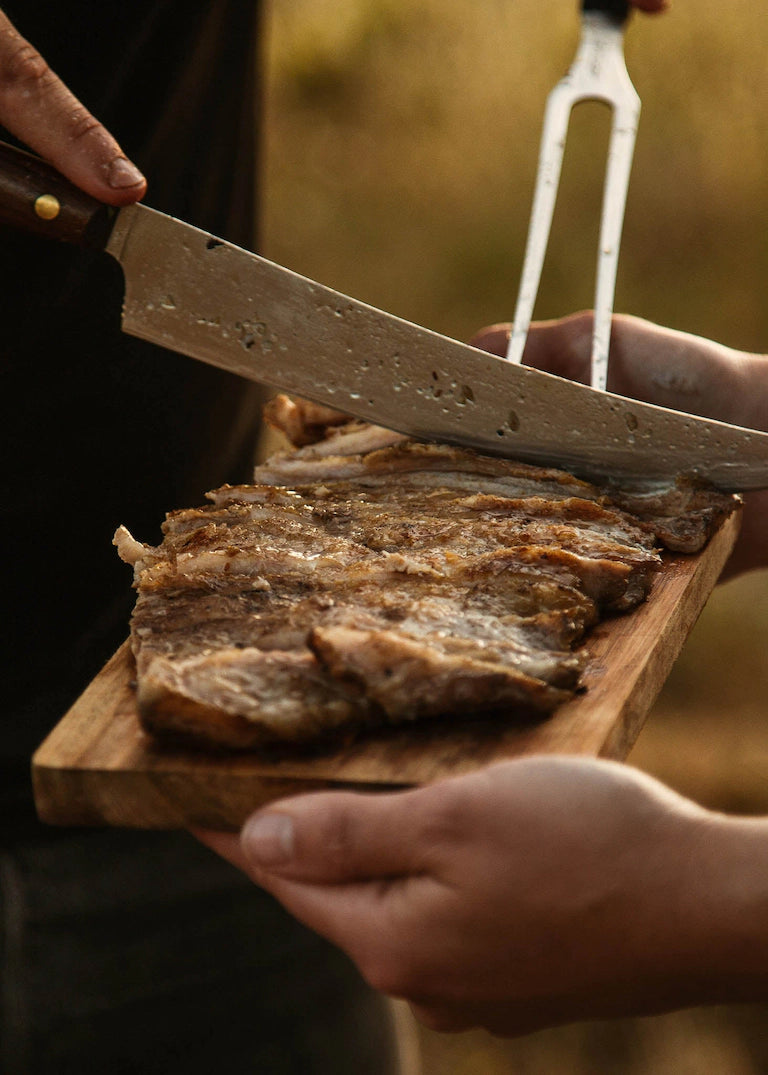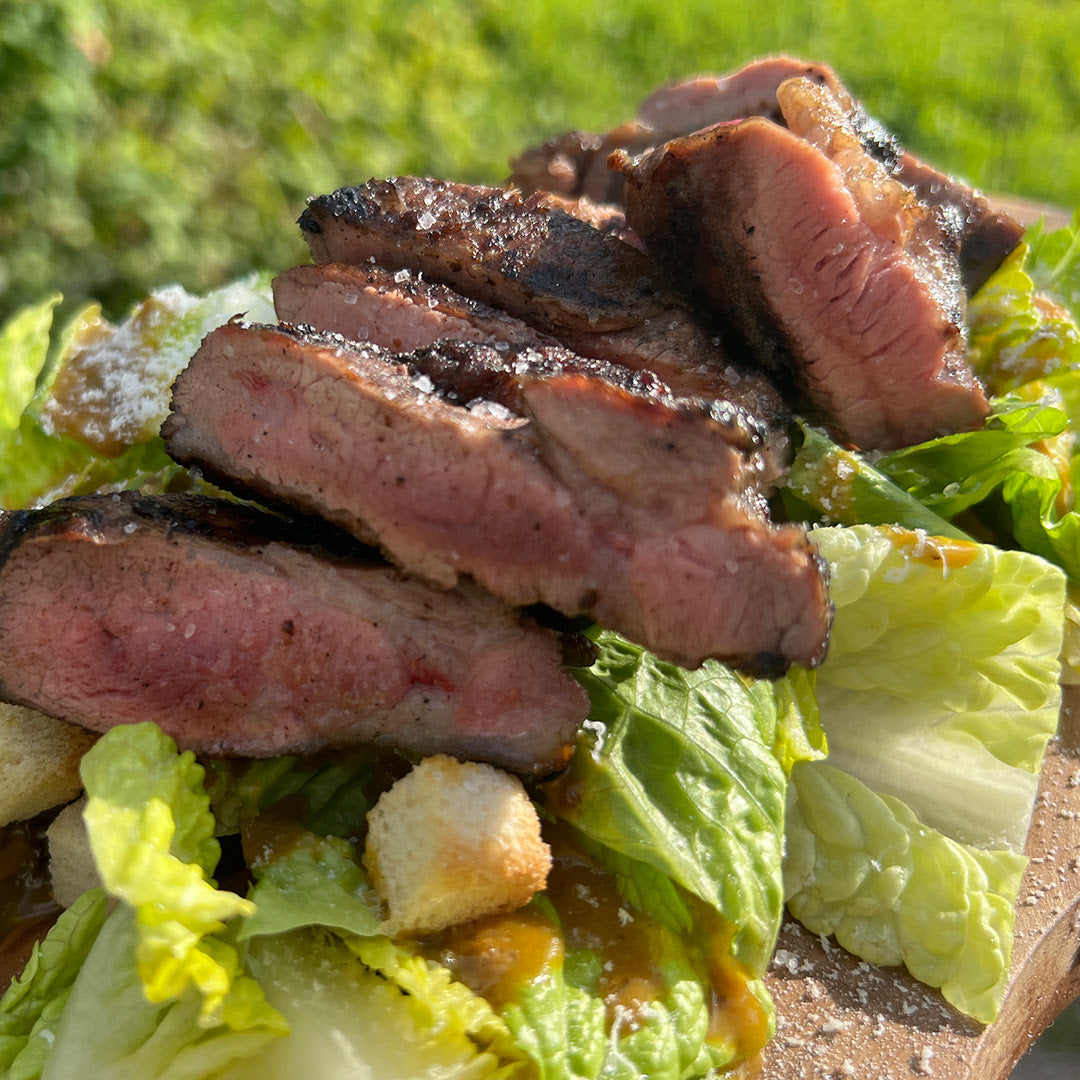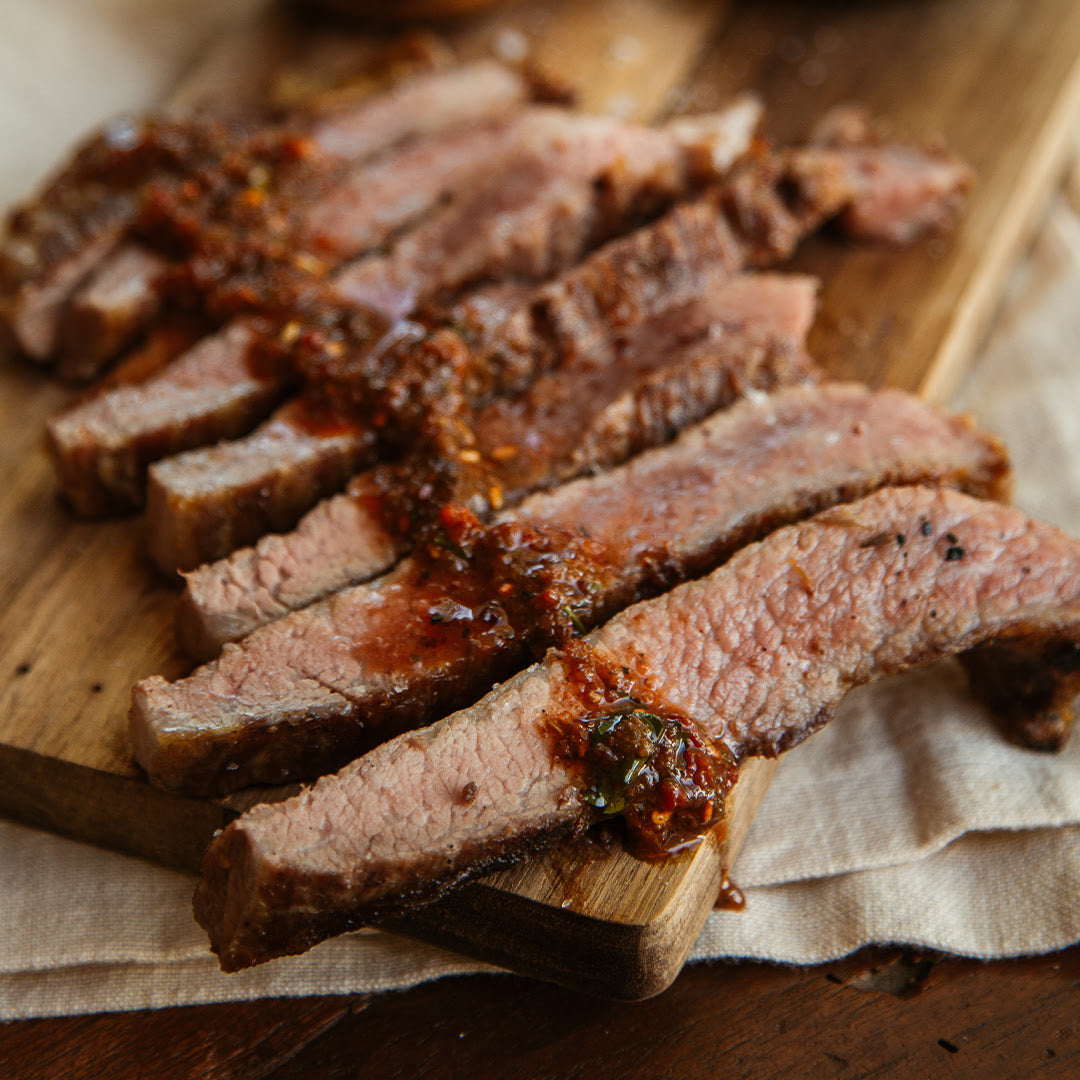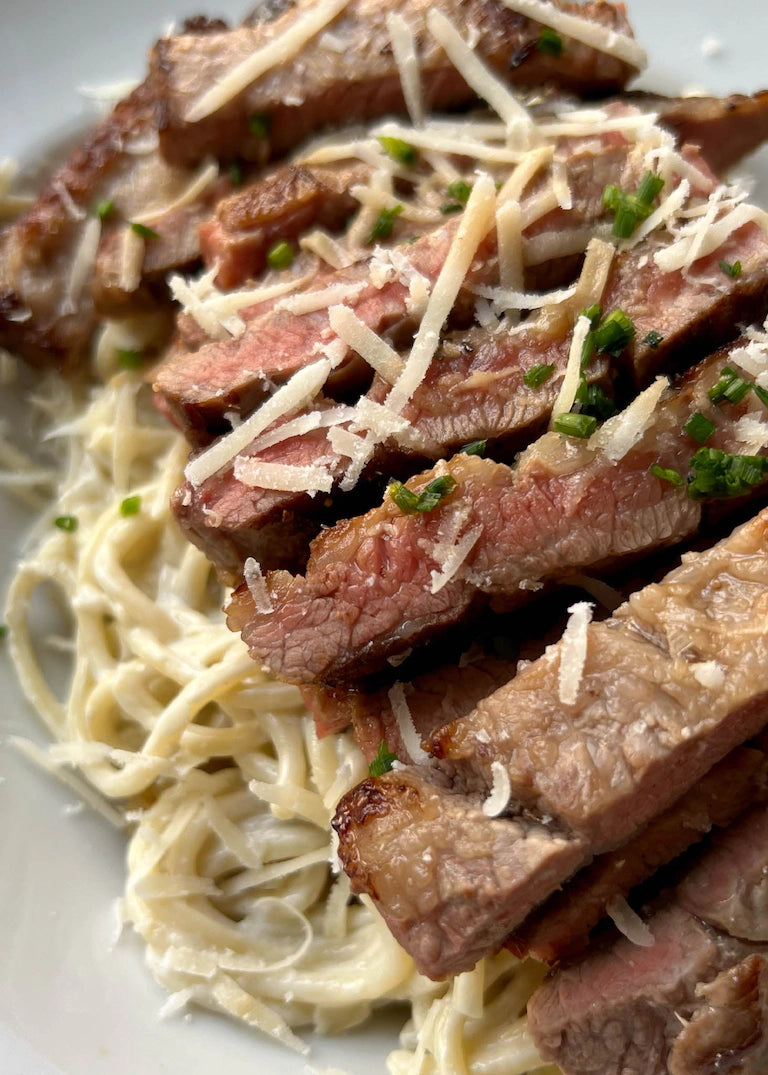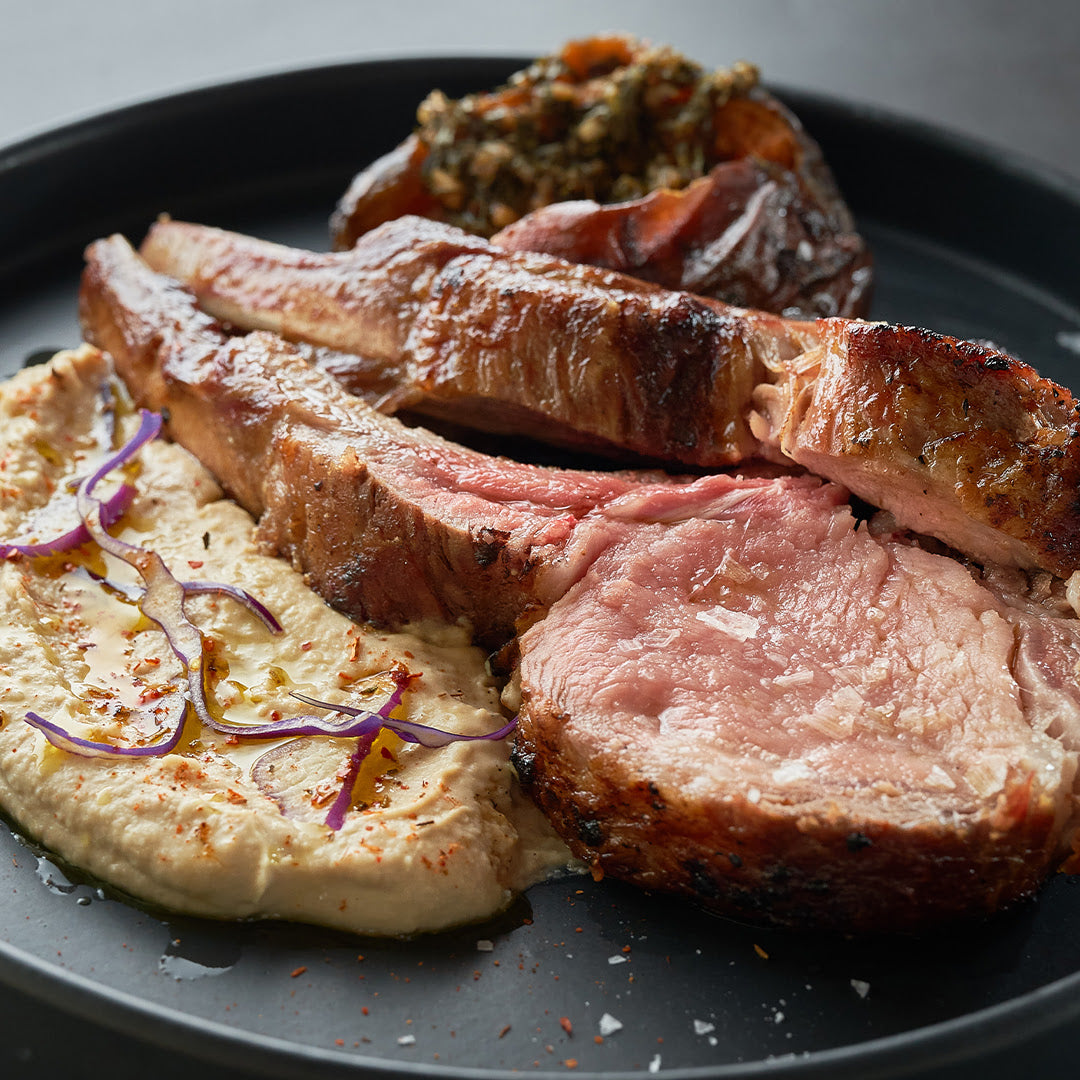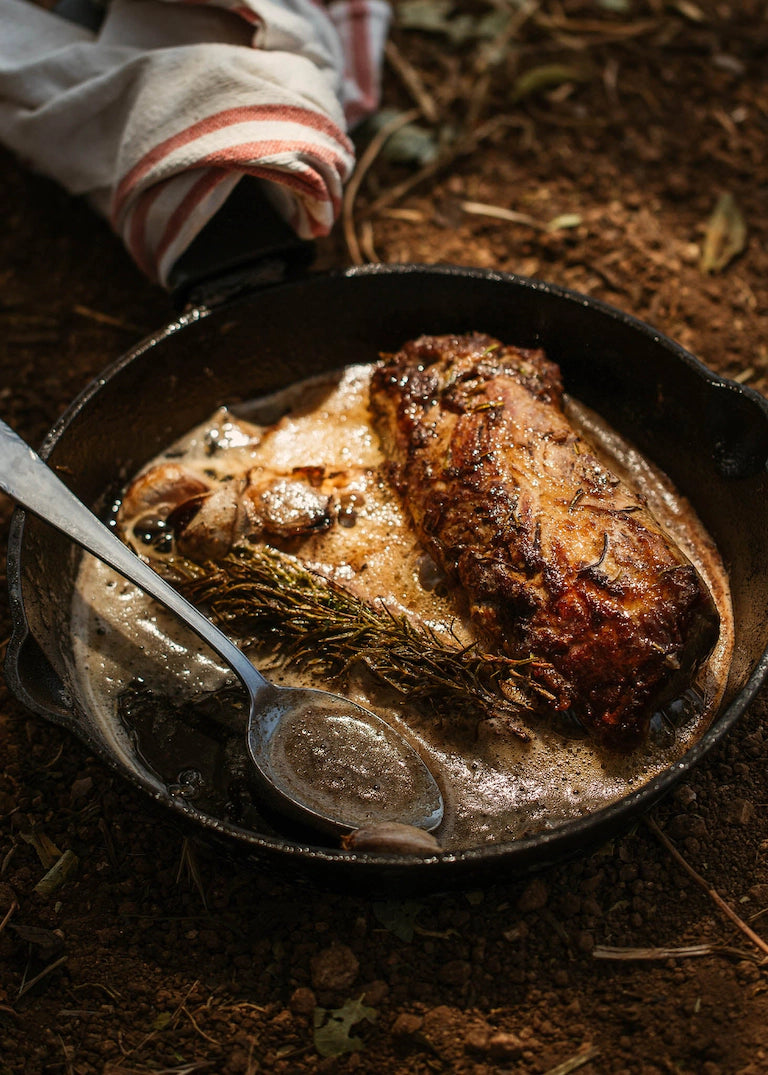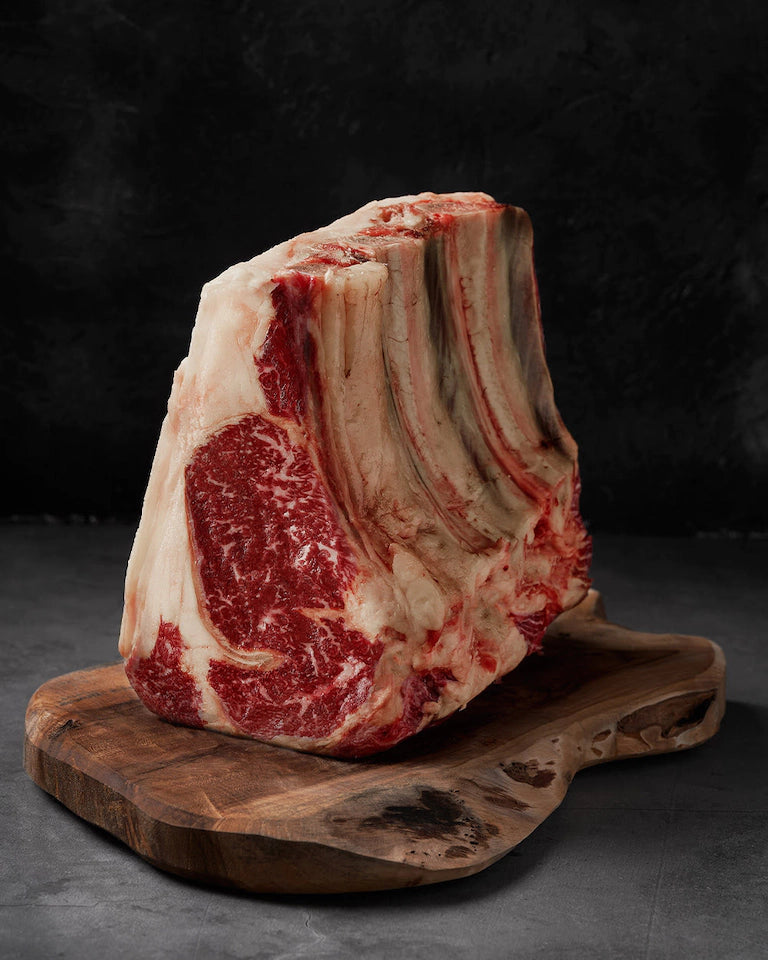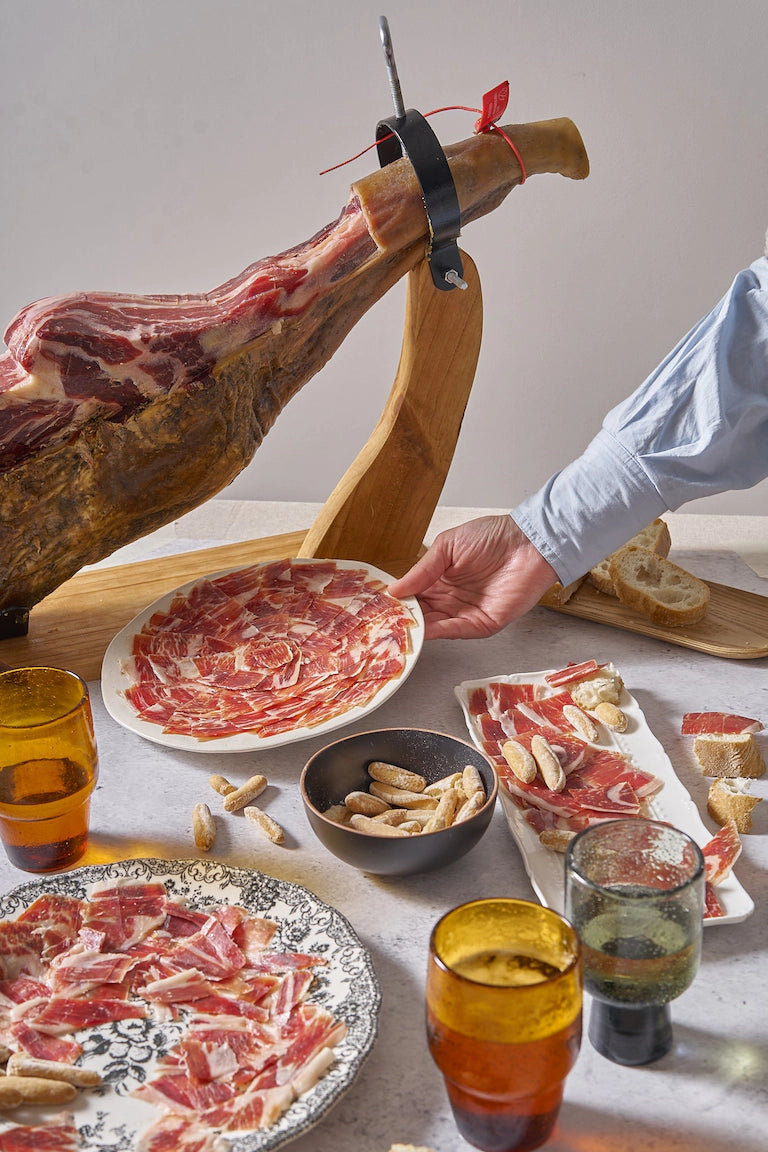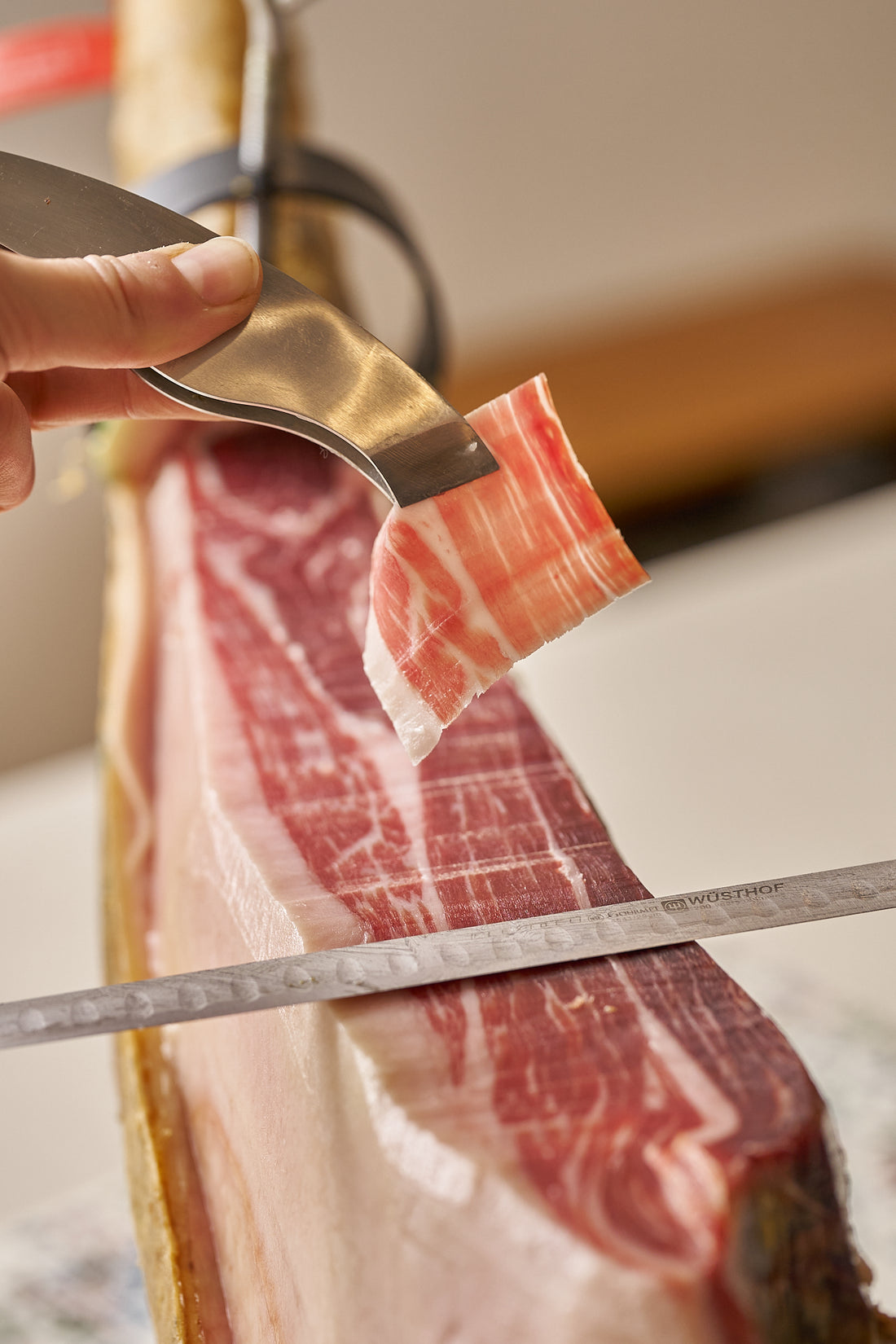
Slicing ham may seem like a complicated task, but with the right tricks and a little practice, you can become a real expert in slicing. Here are some tips to help you enjoy perfect slices and surprise your guests with your skill:
Tips to become a professional in ham slicing
Regardless of your skill level, improving your cuts with the right tips and enough practice is always possible. That is why we have taken it upon ourselves to prepare the best ones:
Have the proper utensils at hand.
To begin, make sure you have the necessary utensils. You will need a ham knife with a long, thin blade and a sharp, flexible tip, which will allow you to make precise, effortless cuts. It is also advisable to have sharpening steel to help you maintain the knife's edge during the process.
On the other hand, during the cutting process, it is advisable to use a damp cloth or brush to moisten the surface of the ham lightly. This will help maintain the moisture and prevent the slices from drying out quickly.
Correct position: Place the ham on a ham stand, with the hoof facing up and the outside of the ham facing down. Make sure it is well secured to avoid sudden movements while slicing.
Avoid cutting at an inappropriate temperature.
It is important to ensure the ham is at the right temperature before slicing it. If it is too cold, obtaining thin, uniform slices may be easier. Let the ham rest at room temperature for a few minutes before you start slicing. This is an important step that professionals always take.
Make the cuts accurately from the first one.
When you begin, make a V-shaped cut in the narrowest part of the ham, known as the maza. This cut will allow you to obtain the first slices and facilitate the subsequent slicing process.
Also, use a back-and-forth motion with the knife instead of applying downward pressure to obtain precise cuts. This will help you get smoother slices and prevent the ham from breaking or tearing, mistakes that professionals need to make.
Also, to obtain thin, uniform slices, it is essential to use smooth, precise movements. Avoid excessive force, letting the knife's edge do the work for you. If you feel that the edge is insufficient, you should use the sharpening steel to recover it, do not force yourself to make the cuts with too much force.
The recommended thickness for the slices is approximately 3 to 5 millimeters, so make an effort so that the cuts handle this diameter.
Make parallel cuts
To get the most out of the ham, it is advisable to make the cuts parallel to the bone, following the contour of the ham. In this way, you will obtain longer slices with a better presentation.
Take advantage of all the parts.
Remember to take advantage of all the parts of the ham, especially if it is a premium Iberian ham, such as one that is 100% acorn-fed. So, once you have finished cutting slices in the maza, turn the ham over and continue in the contra maza, where you will find equally delicious meat.
Removes crust and grease
As you progress in slicing, remove the outer rind of the ham. This will allow you to obtain tastier slices that are easier to eat.
Likewise, as you progress with the ham slices, you can progressively remove the external fat. This will help you obtain cleaner pieces without excess fat, improving presentation and flavor, which we are sure your taste buds will appreciate. The nutritional value will be better if you avoid the fatty parts.
The conservation must be adequate.
Once you have finished slicing the ham, it is essential to store it properly. Cover the exposed part with a cloth or plastic wrap and keep it in a cool, dry place. If you do not consume the ham all at once, it is advisable to cover the cut part with the ham's fat to prevent it from drying out.
Practice regularly
As with any skill, regular practice is key to perfecting the art of ham slicing. Spend time practicing your slicing techniques, either at home or with the help of an expert, and you will see how you will improve your skill and talent over time. Just remember that this is not an overnight process but requires time and dedication to see results.
To conclude, remember that the art of ham slicing requires both practice and patience. Keep going even if, at first, you don't get the desired results; over time, you will perfect your technique, enjoy the process and share this exquisite delicacy with your loved ones!
